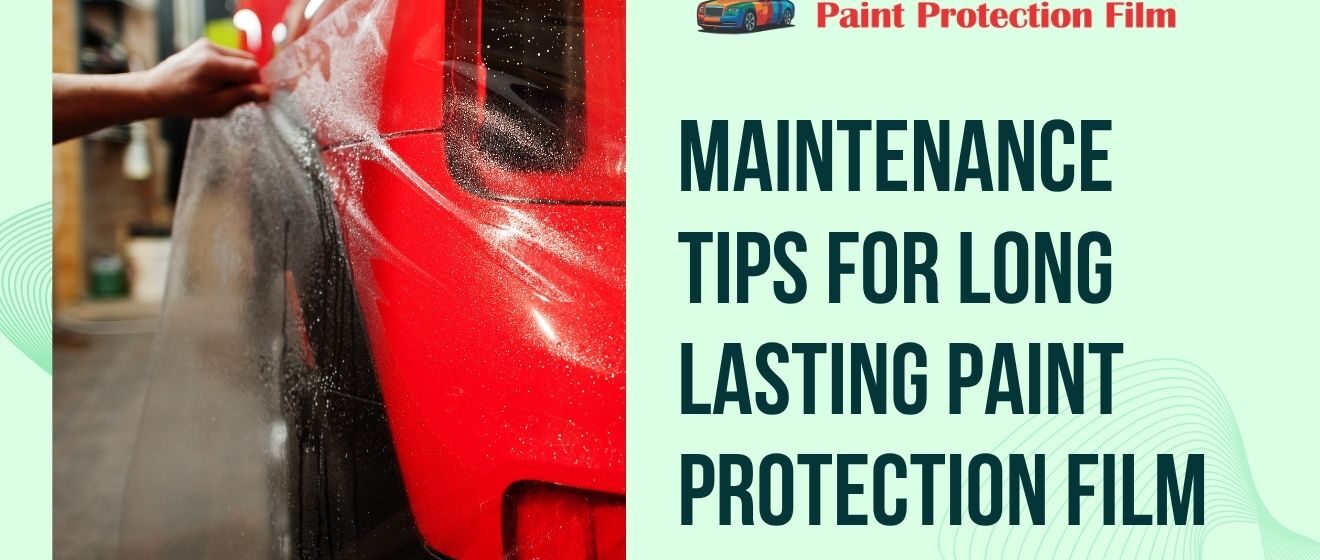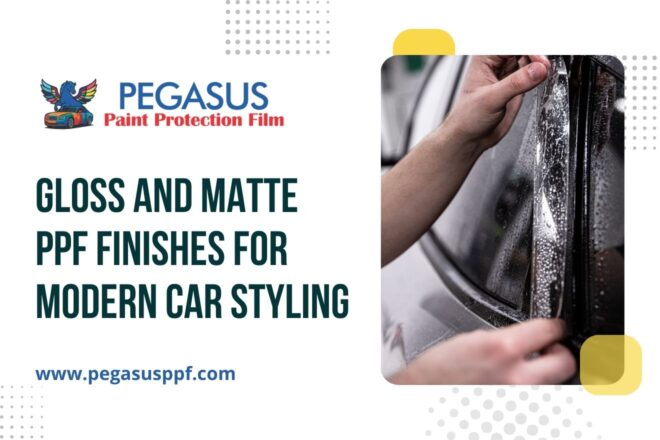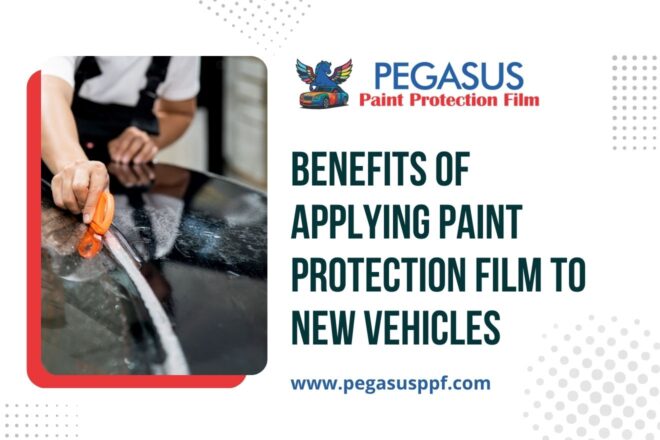You’ve invested in a paint protection film (PPF) for your car—good call! Whether your vehicle is brand new, a weekend cruiser, or your daily beast on Indian roads, PPF is like invisible armor that keeps the paint job looking fresh, glossy, and new.
But let’s be real. Putting on PPF is only the beginning. If you’re going to get that shine to stick around, that not-seen-but-feel-it layer to continue doing its thing (and justifying the expense), you’re going to need to follow up with maintenance. Unfortunately, this is what most car owners forego—and then complain about the film.
So today, let’s get down to earth and break down the real-life, human-friendly guide to keeping your Car PPF in tip-top shape, with tips, personal experiences, and the real deal you won’t hear from every detailing shop.
What Is Car PPF?
For the beginners, Car PPF is a thin, clear film—typically composed of TPU (thermoplastic polyurethane)—applied over your car’s painted surfaces. It guards against:
- Stone chips
- Minor scratches
- Road tar
- Bug splatter
- UV fading
And even bird droppings (the absolute worst sort of damage, really!)
PPF is self-healing to some degree, hydrophobic, and nearly invisible when applied correctly. Due to increased demand, leading Car PPF makers now make products with a lifespan of 5 to 10 years when given proper care.
But, again, “with proper care” being the operative terms here.
Why Maintenance Is So Important
Let’s be blunt. PPF is durable, yes—but it’s not magic. It won’t last forever if:
- You never wash your car
- You leave bird poop on it for days
- You scrub it with harsh chemicals
Proper maintenance means you protect your protection. Done right, it keeps the film clear, bubble-free, and effective for years—whether you’re a car enthusiast or just someone who hates scratches.
1: The First 7 Days Are Sacred
Once your PPF is installed, don’t touch it for at least a week. No washing, no waxing, no wiping—nothing. Why?
Because the adhesive is still curing during this time. Even small disturbances can cause bubbles or edge-lifting.
My friend Sameer got a premium PPF installed on his black SUV. The very next day, he washed it at a roadside wash station. Two days later? Lifting edges and trapped dust. ₹70,000 down the drain. Painful lesson.
2: Hand Wash Only (Seriously)
If you love your car, stop taking it to those harsh jet-pressure, recycled-water car washes. The nozzles can pierce the edges of the PPF, and the dirty rags they use? Ugh, scratch city.
Instead, use:
- A soft microfiber wash mitt
- A pH-balanced car shampoo
- Two-bucket method (one for clean water, one for rinse)
Also, don’t wash under direct sunlight. It leaves water spots, even on PPF.
3: Dry It Properly
Most people ignore this part. But letting water air-dry on PPF leads to mineral deposits that build up over time and dull the finish.
Always:
- Use a clean microfiber towel
- Pat dry—don’t rub
- For best results, use a blower (yes, even a hair dryer on low works in a pinch)
Pro tip: If you live in a hard water area, consider using RO or filtered water for your final rinse.
4: Avoid Harsh Chemicals
Think of PPF like your skin. You wouldn’t use bleach or dish soap on your face, right?
Avoid:
- Strong degreasers
- Acids or tar removers
- Alcohol-based glass cleaners (unless diluted)
Stick to car-care products that are safe for PPF-coated vehicles. Several Car PPF manufacturers even have their own recommended cleaning kits.
5: Mind the Edges
The edges of your PPF are its most vulnerable points. That’s where dirt can get in, and where lifting usually begins.
Every couple of weeks:
- Inspect edges for signs of dirt, lifting, or bubbling
- Use a soft brush to clean corners
- Never use a pressure washer directly on seams
If you see lifting, don’t try to fix it with Fevikwik or tape (yep, people do that). Call your installer instead.
6: Use a PPF-Safe Sealant or Ceramic Coating
Some people believe you can’t apply anything over PPF. Not true. In fact, a PPF-safe ceramic coating or polymer sealant can extend the life of your film by adding an extra hydrophobic layer.
Just be sure the product is compatible with TPU material. When in doubt, ask your PPF supplier or installer.
7: Don’t Wax It (At Least Not Traditional Wax)
Old-school carnauba wax might give your paint a temporary glow, but it’s not ideal for PPF. It can yellow the film over time and attract dust.
If you must add shine, use a synthetic spray sealant designed specifically for film-coated cars.
8: Park Smart
You know what really destroys PPF faster than anything? The sun. UV rays bake the film, especially if it’s low quality.
Whenever possible:
- Park in the shade
- Use a car cover (but not one with a rough inner lining)
- Avoid parking under trees (bird poop, sap, etc.)
Bonus Insight: Trust the Right PPF Installer
Even the best Car PPF exports from leading manufacturers will fail if the installation is bad. A clean surface, correct technique, and dust-free environment make all the difference.
And if you’re ordering PPF internationally or in bulk, work with certified Car PPF manufacturers who offer installation support and warranty. Cheap roll-cut film from random suppliers? Not worth the headache.
But What If It Gets Damaged?
Good question. Small scratches often self-heal in sunlight or warm water (thanks to TPU’s elastic properties). But deeper gouges or cuts? You’ll need to replace that panel’s film.
Don’t panic—it’s usually just a section that needs replacing, not the whole car.
FAQs
Q1. How long does car PPF last with proper maintenance?
With regular washing, safe products, and sun protection, a high-quality PPF can last 5 to 10 years, depending on the brand and conditions.
Q2. Can I polish or wax a car with PPF?
Avoid traditional waxes. Instead, use PPF-safe synthetic sealants or ceramic sprays. These maintain gloss without damaging the film.
Q3. What is the average Car PPF price in India?
Prices vary by brand and coverage. Full-body PPF ranges from ₹65,000 to ₹1.5 lakh. Partial PPF (bumper, hood, mirrors) starts around ₹25,000. Always check with authorized Car PPF manufacturers or exports for best deals.
Q4. How do I clean bird droppings or tree sap from PPF?
Remove as soon as possible. Soften with warm water, then gently wipe with microfiber cloth. Never scrape or scrub dry—it can scratch or stain the film.
Final Thoughts
Owning a car with PPF is like owning a white shirt. It looks stunning when clean, protects your skin (or paint), but needs a little TLC. Ignore it, and it’ll age poorly. Care for it, and it’ll stay fresh for years.
In India’s weather and traffic conditions, PPF is more than just a cosmetic upgrade—it’s a layer of sanity. Just remember, the film protects your paint—but you have to protect the film.


